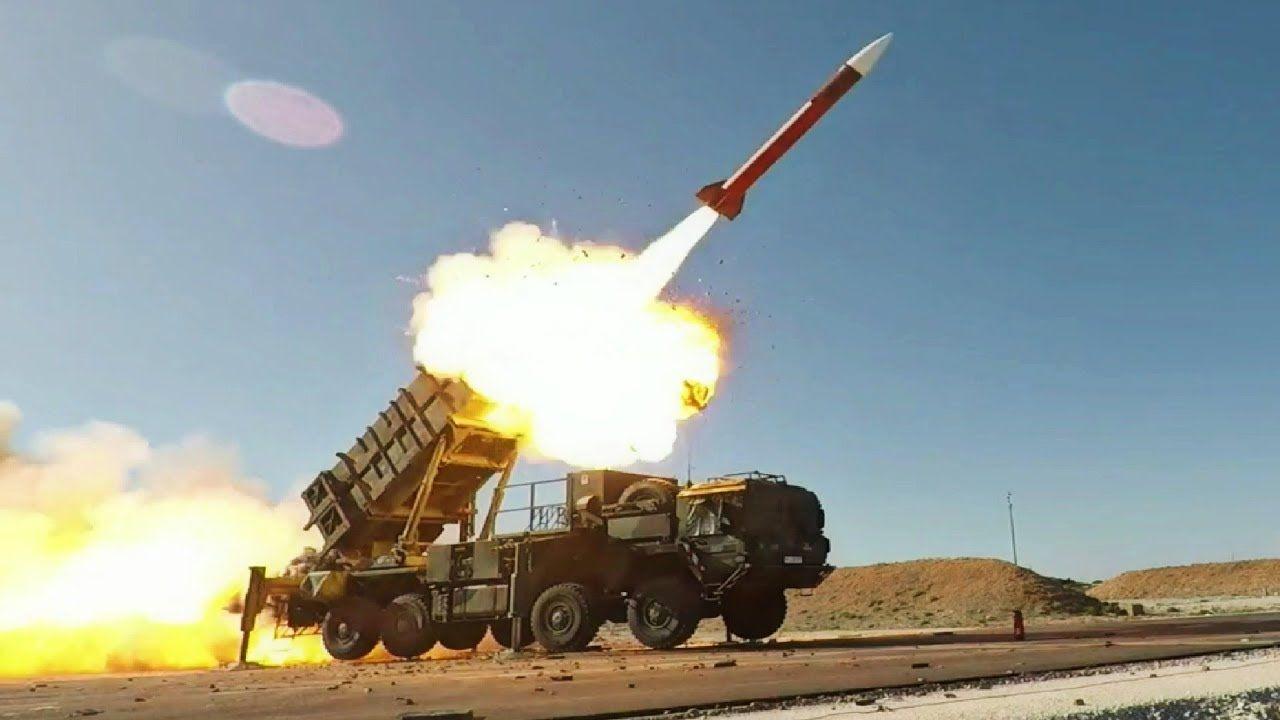Astronomical observations end with numerous calculations. However, depending on many factors, these calculations may overlap with different researchers. There is nothing wrong with that. In astrophysics, most, if not all, occur with some degree of accuracy. And the less accurate the result, the more complex the calculations. It turns out that AI algorithms deal well with such calculations, completing the job in weeks rather than months and years of human work.
For example, researchers from Carnegie Mellon University (CMU) are using resources provided by the Pittsburgh Supercomputing Center (PSC), including the Bridges-2 supercomputer dedicated under the ACCESS program, to train artificial intelligence to predict the mass of such a large galaxy cluster. used for. light years from Earth).
The scientists submitted all known information about the cluster to the algorithm and got a result that matched earlier predictions of astrophysicists. Thus, the experiment validated the ability of a machine learning-based algorithm to predict the mass of galaxies with the accuracy available to us, which is inherently limited by the capabilities of our observing tools. And here it does not matter who thinks – a person or an artificial intelligence.
For a scientist armed with computers, calculating the mass of a galaxy may take a year of work. AI accomplished this in a matter of weeks. Given the myriad of galaxies in the universe, AI provides a forecasting tool to help analyze far more astrophysical phenomena than a large army of scientists, discoveries that didn’t take time and effort before, and important little things that are often simply overlooked. It will be interesting to learn how scientists will dispose of the new tool.













